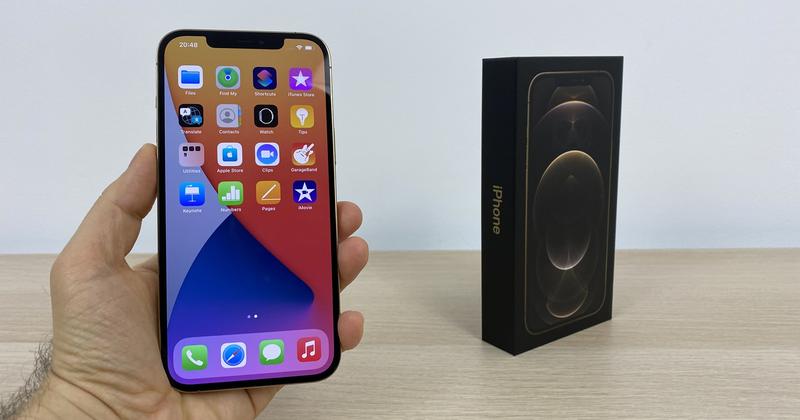iOS 14 is a very important update that finally brings the much-desired widgets to the homescreen and not just to the Today area. The iPhone 12 Pro Max arrived with iOS version 14.1, it immediately went to 14.2 and recently even to 14.3. Let's start with security, though, and I have to tell you that we have facial unlocking with that 3D sensor in the bangs.
Video-review Apple iPhone 12 Pro Max, section OS & UI & UX & APPS
It is as fast as the iPhone 11 generation and my feeling is that the Huawei Mate 40 Pro is faster and more accurate, including in the dark. However, returning to iOS 14, we have widgets that you can put home screens on, but the variety of sizes is not as large as on Android, however. We have widgets of 2x2, 4x2 and 4x4 sizes. You can also group widgets on top of each other.
There is also a kind of app drawer, called App Library, which is quite clever in organizing applications in dedicated folders. Control Center and Notification Center remained unchanged, accessed with a swipe down from the right and left respectively of the bang.

Navigation is done by swipe gestures, as we learned from iPhone X onwards. The thumbnails are large, narrow and vertical, in a classic "cards" system, with fluid scrolling. Siri is there to answer our questions, but now it only appears that a luminous ball no longer occupies the entire screen when triggered. And video calls have a more minimalistic interface.
The same happens when you are called and only a call window appears at the top. Siri comes bundled with Siri Shortcuts, automations for commands, questions, tasks that you perform. Siri Shortcuts is a separate application and you can script a lot of actions.
Given that we are operating here with an iPhone 12 Pro Max, there are applications that divide the screen into two in landscape mode. It's about Mail, Settings, Safari for example. The left side includes basic categories/options and content, the segment we need for each category is on the right.
We also have Picture In Picture on Podcasts, Safari, FaceTime, iTunes and YouTube.
An interesting novelty is Back Tap, which is activated by a double or triple press on the back of the phone, around the Apple logo area. That gesture can be associated with whatever function you want, from turning on the flashlight to opening the camera. We also have Dark Mode, which we have been using for a year.
Other functions have remained intact from last year such as Sign In With Apple and requests for permissions when starting applications, permissions that can be given only once or always. You can also find out from Safari which sites have trackers, if you're feeling paranoid.
